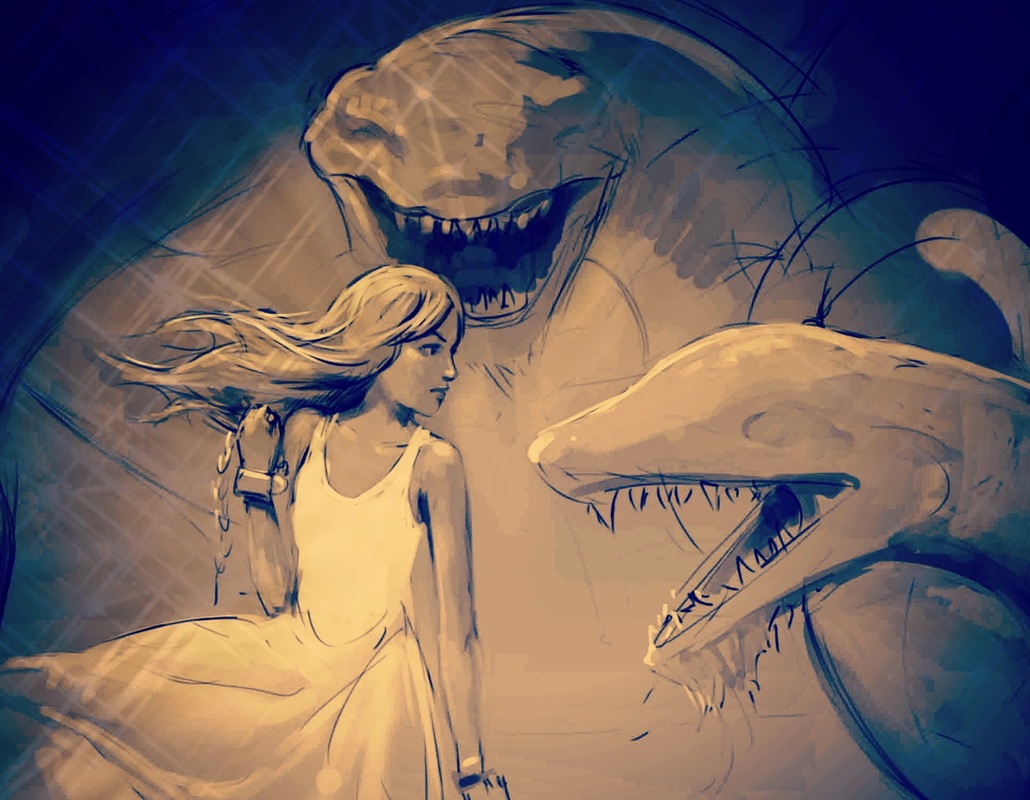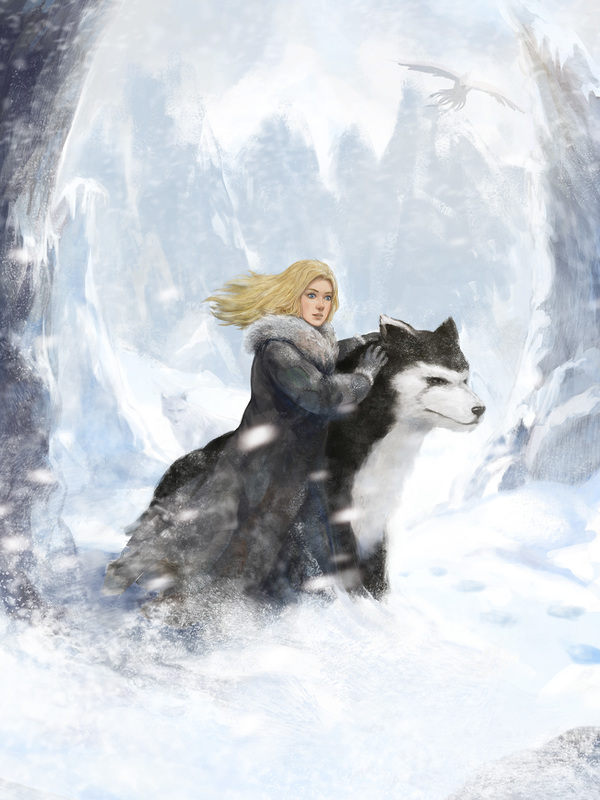|
11/21/2015 1 Comment On Dragons....Dragons -- cliché or archetype? When I was writing The Ragnor Trilogy, a dragon appeared in the story. I was not so much inventing -- the inventiveness comes later -- as transcribing the story I was seeing in my mind, a version of a bed time story I'd told my children. I never intended to write about a dragon... But there he was, the Venerated Dragon of the Narrowlands. For the first two books, Irina The Wolf Queen and Irina and The White Wolf, no-one sees this Dragon. When I was writing the third volume it became clear that Irina would have to confront him... she is chained to a rock in his lair, and it’s a terrifying moment. But I did wonder, why am I writing about a dragon? Have dragons been reduced to clichés through overuse? I kept writing, thinking that perhaps I'd replace the dragon with some monster of my own devising later; but when I was editing, I found that nothing else could stand in for the Venerated Dragon. He was astonishing to me, he was real. Part of his reality was his deep falseness, his layers of lies. This made him a worthy foe for Irina, who has taken on 'the Junsong', Ragnor's creed of truth, as her own personal creed. According to the late myth expert, Joseph Campbell, dragons are part of “the agony of spiritual growth.” The hero must cross threshold after threshold , conquering dragon after dragon, until “the stature of the divinity that he summons to his highest wish increases, until it subsumes the cosmos. Finally, the mind breaks the bounding sphere of the cosmos to a realization transcending all experiences of form ...” A cliché is something that’s become hackneyed or trite. There’s nothing trite about a dragon. Children understand dragons; they know intuitively what they represent, and they have their own private dragons, real or imagined. This is the dragon’s archetypal power, and it transcends cliché. It’s good, even essential, to read that dragons can be slain. Storytelling shows us how we can become more truly our best selves.
Submit your answers by Friday November 27 to my contact form to go in the running to win the cover art for Irina and the White wolf, printed on canvas. Click here
1 Comment
|
AuthorWelcome to my blog about writing, books, arts, ideas and events. Archives
December 2020
Categories |



 RSS Feed
RSS Feed